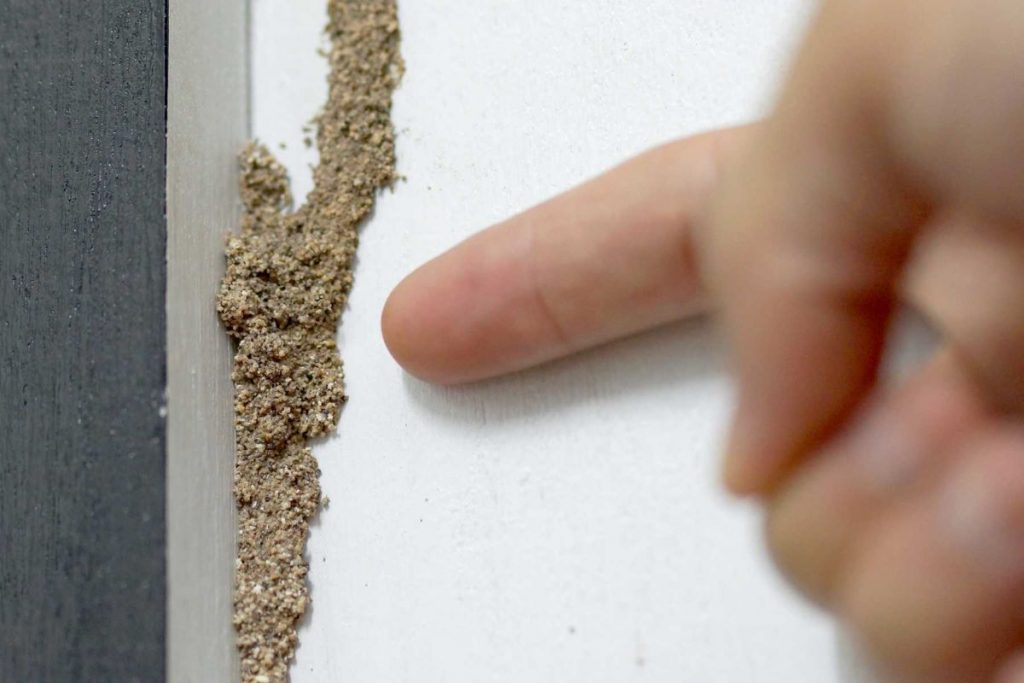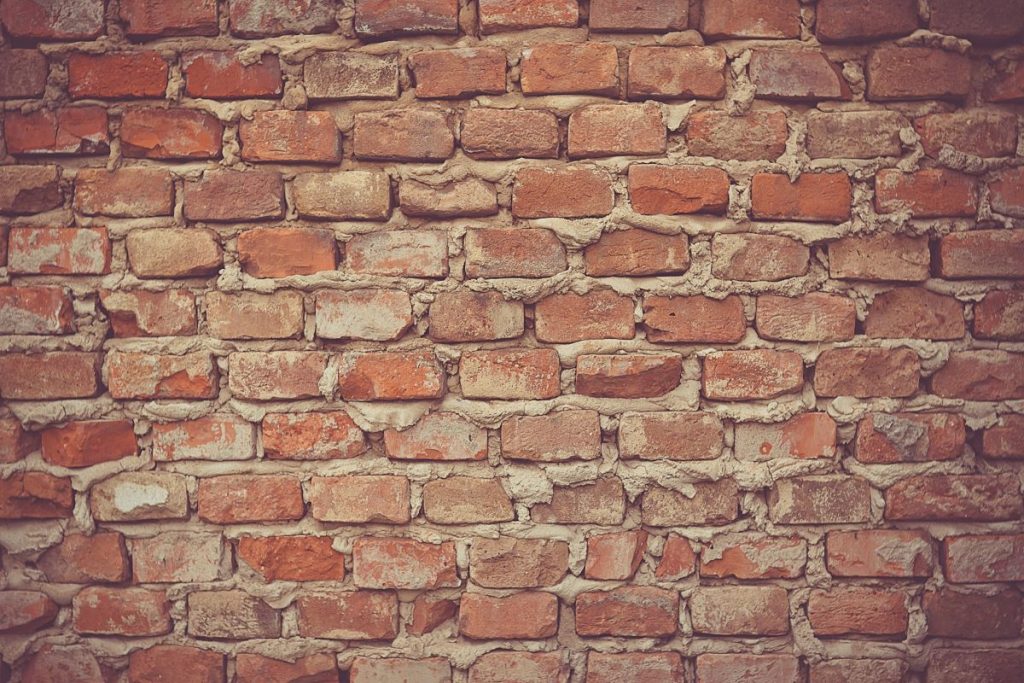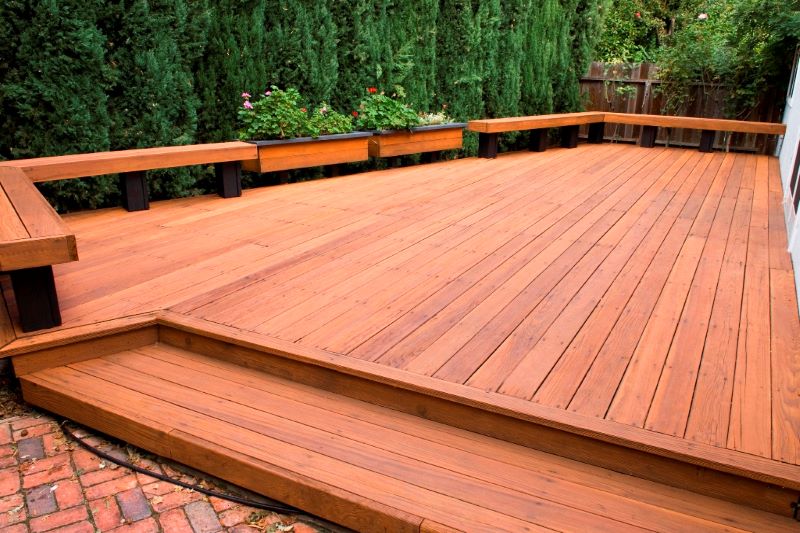Table of Contents
You’re a new homeowner. Your home is perfect for your family. The home appears to be in great condition.
While watering your lawn, you notice some cracks on the brick siding. You think nothing of it and resume your watering.
The next day, you notice that your windows fail to open and close properly. Then, one of your bedroom doors fails to close.
A week later, you notice some cracking around your fireplace. You also notice that your floor seems uneven in certain parts of the living room.
You suspect that something is seriously wrong.
These problems may not seem interconnected. However, you can trace them to foundation issues.
Foundation problems can damage the structural integrity of your home. It can also reduce your property values.
Your home is at risk if you live in an area with heavy clay soil. Flooding zones also have a high number of homes with foundation troubles.
Despite the naysayers, however, home foundation repair on your own is achievable. This article will show you how to fix foundation problems yourself. Read on if you want to know more.
Assess the Problem
Before embarking on house foundation repair, you must know the type of foundation issue that plagues your home. This will help you determine the right approach to fixing the problem. First, contact a local contractor or home inspector for guidance.
They can help you pinpoint the main problem. They charge a fee for the assessment, but you’ll benefit from their input.
If you want to inspect the home entirely on your own, look out for other major warning signs, such as:
- Gaps or cracks in exterior walls
- Cracked sheet rock in the interior
- Pools of water around the foundation
- Dampness in crawl spaces or basements
- Large tree roots growing in the vicinity
Pay close attention to the direction of the cracks. For example, cracks that are larger than 1/8 inches are red flags.
Cracks can allow moisture in, which can damage your home’s structure. Cracking may seem like a small problem, but it can lead to serious foundational problems.
With that, you can repair the cracking based on the root cause of the problem. Cracking can indicate the following issues:
- Subsoil shrinkage
- Inadequate drainage
- Foundation settlement issues
- Bowed walls
If unsure, consult a professional for advice. Inject urethane or epoxy foam to seal the cracks.
This method can also deal with leaking cracks. With that, these methods will not add strength to the foundation of the home.
Apply waterproofing techniques if you are dealing with wetness or dampness. Also, seal any gaps to prevent moisture infiltration.
Option One: Piering
To address the root issue, you have two primary options. You can apply the piering or slab-jacking method. Piering will cost you more. In this case, you need to raise the foundation level.
Uplifting the foundation is possible through DIY means. However, it requires heavy equipment and a crew of people to complete the task.
The overall cost of raising the foundation costs anywhere between $2,800 to $8,000. On average, however, homeowners usually pay around $5,000 to finish this project. You should also consult a professional to oversee the raising of the foundation.
Before embarking on this project, keep the following checklist in mind:
- Turn off all utilities in the house
- Don’t live in the home as you elevate the home
- Remove skirting or any type of obstruction
- Detach any decks before elevating the house
- Have strong jacks in place
- Use additional support pads for larger homes
If you cannot elevate your foundation, contact a foundation repair service to address the issue.
If you choose the DIY path, excavate below the damaged area. A backhoe is especially necessary if you have a basement.
You can hire a backhoe operator to do the job. Or, you can rent a backhoe and do the job yourself. When it comes to piers, you can use concrete piers or helical piers.
If you’re using concrete piers, begin by digging a hole that’s beneath the damage. Then, insert a cable that reaches to the hole’s bottom. Place concrete pilings down the cable.
Insert a concrete cap over the pilings when finished. Use seven pilings during this process.
From there, install the piers. It will go underneath the foundation to maintain it.
Then, you’ll elevate the piers via hydraulic jacks. Place the jacks on the concrete cap.
The hydraulics uphold the concrete slab. Replace the jacks with the concrete cylinders.
Use multiple piers to elevate the foundation evenly. Also, place them at various points to distribute the weight in a proper manner.
Leave the foundation open for at least three weeks to see if your home remains level. If ready, fill in the hole with the excavated dirt. Fill in any cracking with patch cement as a final touch.
Option Two: Slabjacking
Slabjacking involves raising a side of the concrete slab to the proper level. This option is less expensive. It’s also not as labor-intensive. Moreover, you don’t need to excavate heavily or use heavy equipment.
However, you should consult a professional to know if slabjacking is the right method for your situation.
- Note: Slabjacking may not work in the event of soil or structural shifts.
Even though slabjacking is less costly, it’s not as simple as many homeowners may think. Slabjacking is ideal for the following sections of your home:
- Patios
- Garages
- Steps
- Driveways
Other sections of the home call for the piering method. If you utilize the slabjacking strategy, you need to drill half-inch holes in various parts of the slab. Drill many holes during the process. After, inject your choice of materials into the holes. You can choose from the following materials:
- Sand
- Gravel
- Ash
- Polymers
Polymers are one of the newer slabjacking methods. Regardless of the material, inject water into the holes. Overall, slabjacking costs $150 for each hole drilled.
DIY Home Foundation Repair
You can engage in home foundation repair on your own. You can seal cracks and gaps on your own. However, sealing the cracks will not address the foundation problems. You should consult a professional before embarking on a DIY project.
Contact a professional if the foundation issue is beyond your capability. Between piering and slabjacking, slabjacking is the least costly method of repair. Seek guidance from a professional on which method is best for your home.
Don’t forget to bookmark our site to never miss our latest posts!
source/credit: bayareaunderpinning.com








